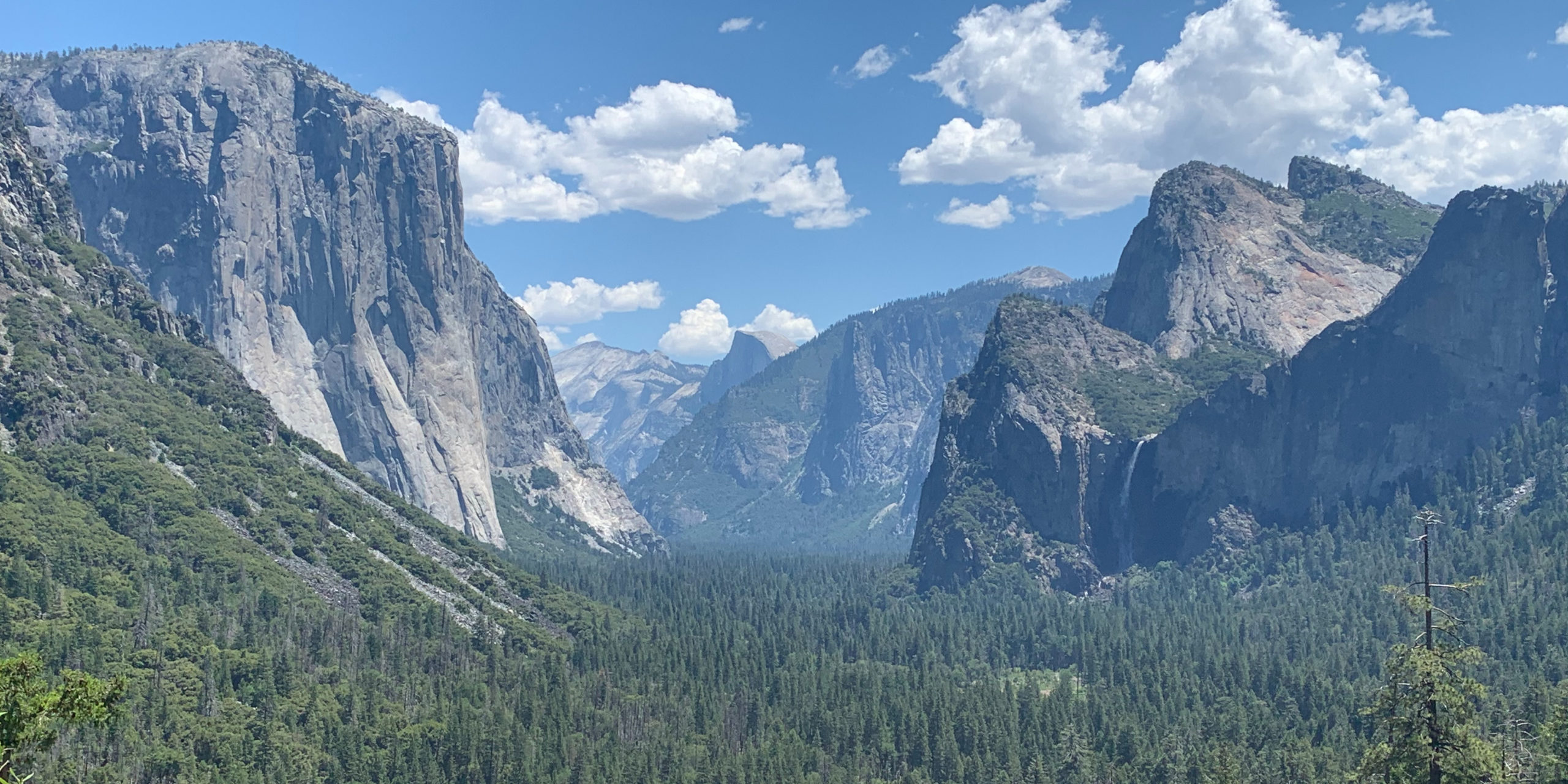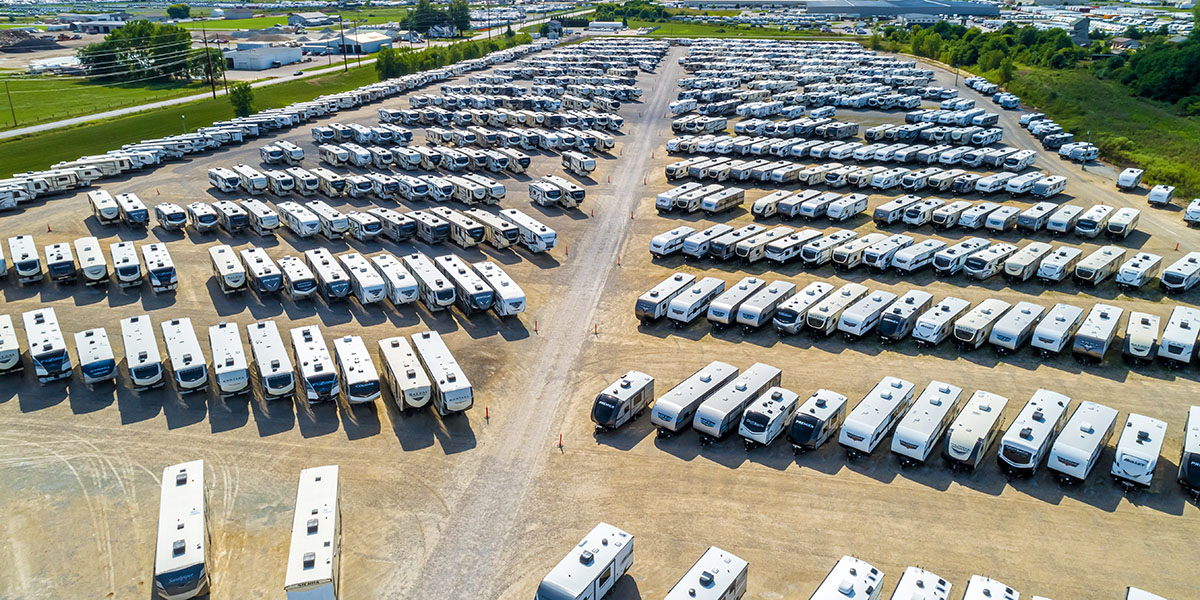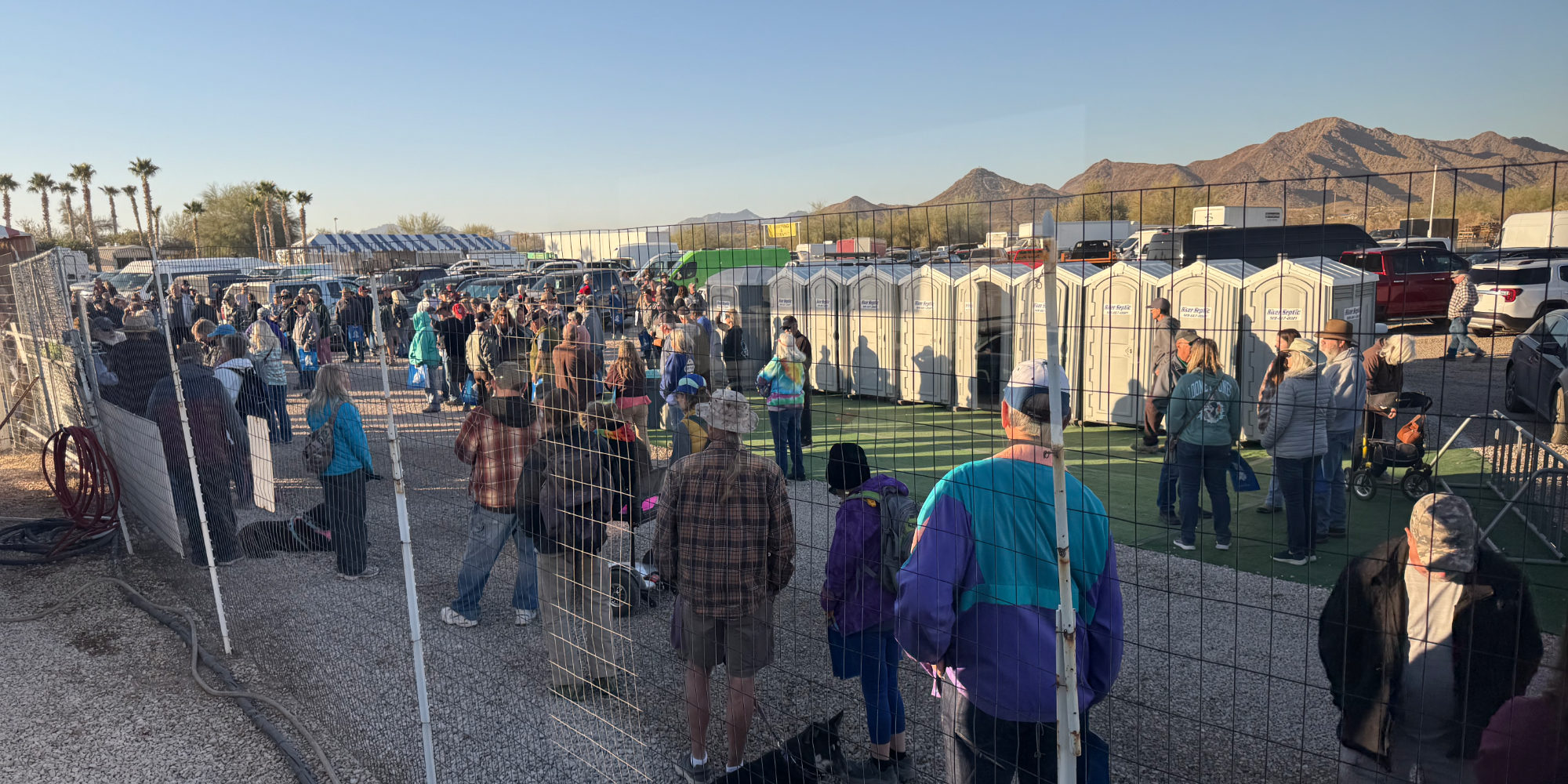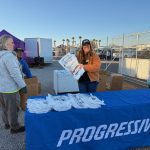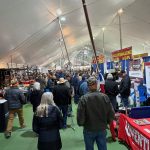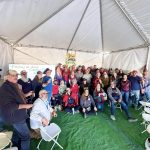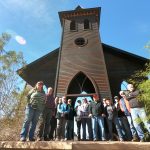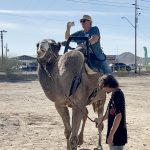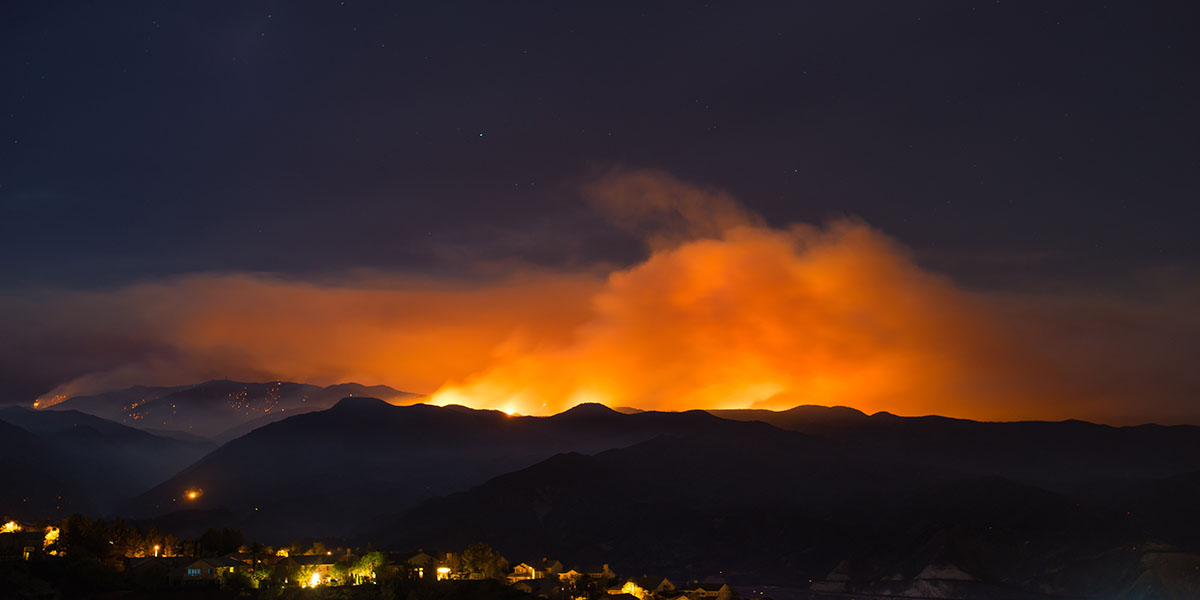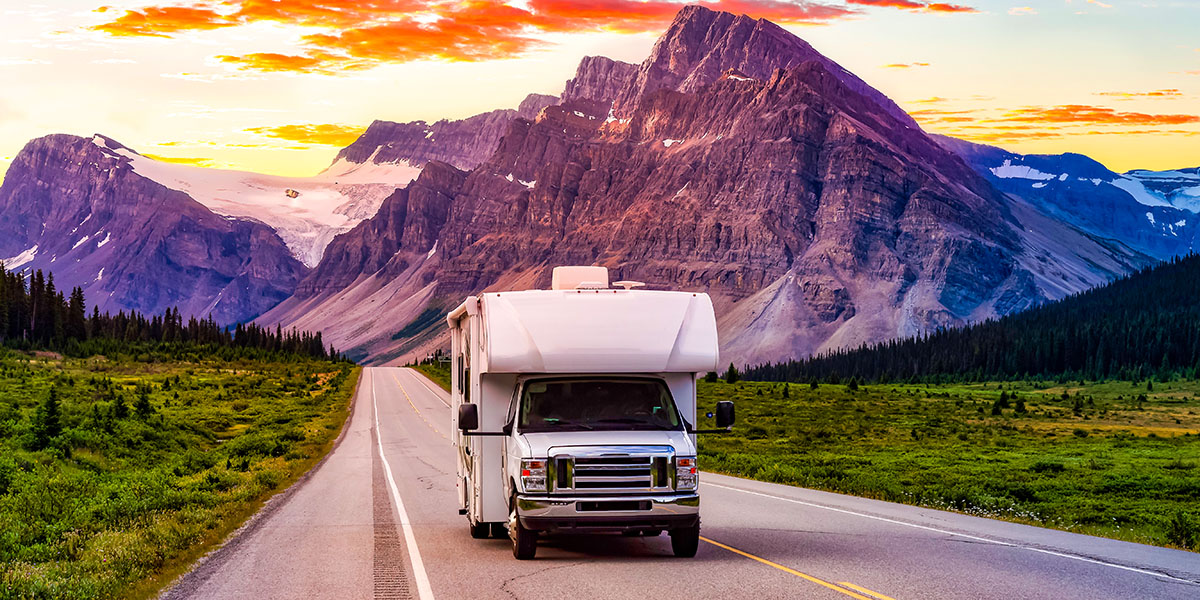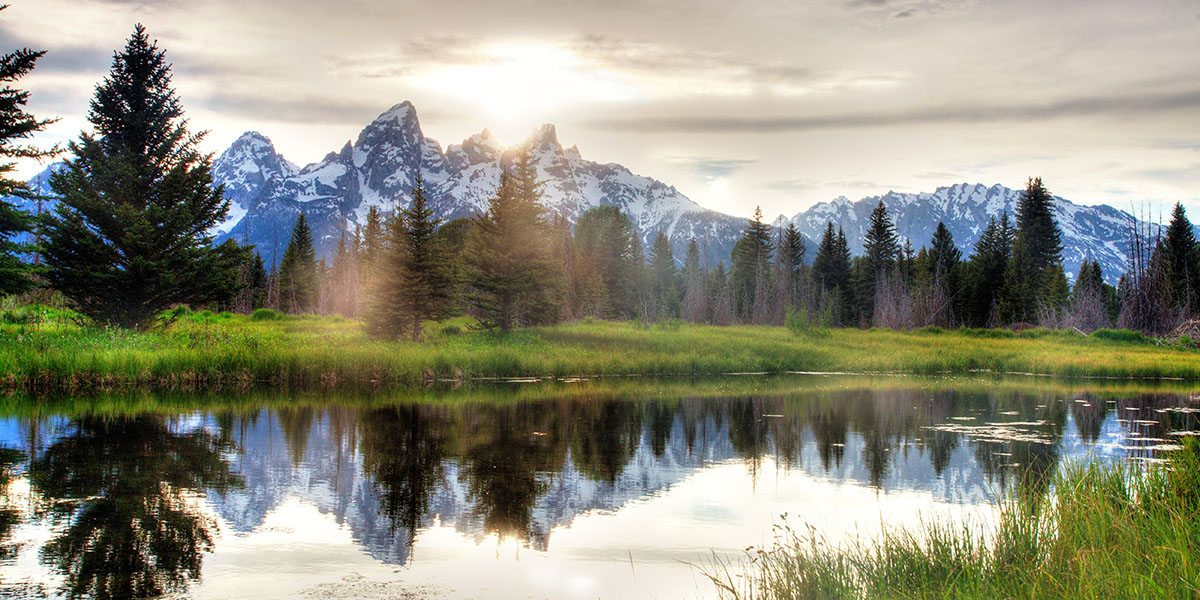RV industry advocate Go RVing found that RV owner profiles are averaging younger in a 2025 survey, reports RVIA. However, also of note, the number of households that own an RV fell sharply since the last survey, done in 2021. The new total is 8.1 million households, down from 11.2 million households reported in 2021. The number also fell below the 2011 number, 8.9 million households.
Go RVing says the 8.1 million figure better aligns with industry data, including wholesale RV shipments and retail registrations. In addition, 16.9 million households expressed a strong interest in buying an RV in the next five years.
RV Owner Age Decreases, Demographics Diversify
The study found the median age of RV owners to be 49, down from 53 just four years ago. RVers ages 35 to 54 increased to 46 percent of all owners, driving down the overall median age. Concurrently, more non-Caucasian consumers bought RVs. Caucasians comprised 85 percent of RV owners in the initial 2021 study. Now, this group represents 73 pervent of RV owners
Go RVing Chief Marketing Officer Karen Redfern says the report points to the increasing diversity of RVer demographics.
“As the RV industry continues to evolve, it is well-positioned to capitalize on the growing interest in outdoor recreation, flexible work arrangements and experiential travel,” Redfern notes. “By embracing innovation, targeting new audiences, and providing exceptional customer experiences, the RV industry can drive sustained growth and solidify its place as a cornerstone of the American lifestyle.”
Future RV Owner Profiles Are Even Younger
The Go RVing study added to its RV owner profiles by building an “intender” profile. Intenders are consumers among the 16.9 million households saying they are likely to buy an RV in the next five years. Among the intender profiles, many are also currently RV owners.
The median age of intenders is 42, with 19 percent of intenders ages 18 to 34, Fifty-three precent range from ages 35 to 54. A third of Intenders are young families, defined as consumers under 45 with children under 18.
Among growth audiences — defined as consumers identifying as African American, Hispanic, Asian American, and/or LGBTQIA+ — intenders are even younger. Only 15 percent of growth audience intenders are over 55, compared with 39 percent of current RV owners and 27 percent of all intenders.
Less Income Means More Research
Growth audience intenders also have lower household incomes and are likelier to live in multigenerational households. A total of 12 percent said they lived with parents, compared with eight percent of all intenders and four percent of current RV owners.
Consumers continue to spend more time researching their next RV purchase before visiting the dealership. The study found dealership and manufacturer websites remained the most popular online research sources.
Over half of current RV owners (51 percent) said visiting the dealership was their best experiential resource, followed by conversations with friends and family (42 percent) and RV/outdoor consumer shows (33 percent).
An Increase in Annual RV Trips and Mileage
RV owners today use their vehicles more than four years ago. RVers reported using their RVs at least 30 days a year, up 50 percent from the 20 days reported in the initial study’s findings. On average, owners make nine annual RV trips, traveling an average of 250 miles.
RV rental use continued to increase in the past four years. The new study found one-fifth of RV owners said they rented an RV, while an additional 32 percent said they considered renting but had not yet rented.
The report sought insight into the motivations for choosing RV ownership. Most RVers said they wanted to spend time in nature (54 percent) or unwind and relax (52 percent). Nearly half (49 percent) said they enjoyed the ability to bring pets on their RVing trips.
As younger consumers own RVs, the vehicles have become a means to accommodate remote work and alternative lifestyles. Nearly a quarter of RVers (22 percent) said someone in their home works remotely. Among remote workers, 54 precent said their work has been done from an RV.
The survey, conducted by Ipsos, polled 5,500 consumers. Go RVing said the new study significantly changed survey methodology to count RV-owning households more accurately.

